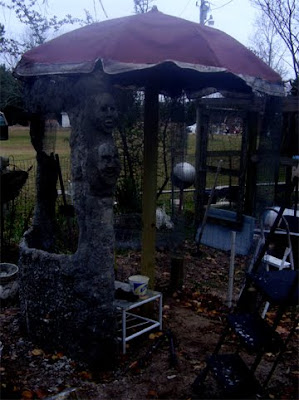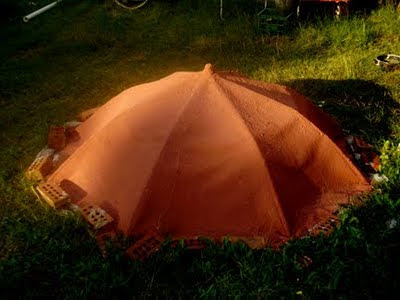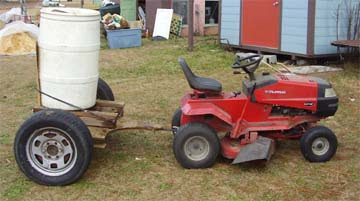home-made vents for latex cement skirting

Last summer I took a week off work in hopes of completing a few projects, one of which was to build the section of latex cement skirting that would run right along the front walk. As it turned out, it was a terrible week, and the finished skirting, which involved some experimenting, was a big disappointment. For one thing, I used fewer of the pvc studs described in an earlier post (http://papercreteparadise.blogspot.com/2009/05/latex-cement-skirting-for-mobile-home.html ), so the nylon flyscreen was even more prone to stretching and sagging under the weight of the first coat of latex cement. Secondly, I ran out of the little washerless screws I'd been using to attach the flyscreen to the studs, and substituted sheetrock screws I had laying about. I used small pieces of cardboard as washers. This was certainly less expensive, but my little cardboard washers are visible under the latex cement. Third, and most important, I attached vents I'd made from papercrete, which looked ter












